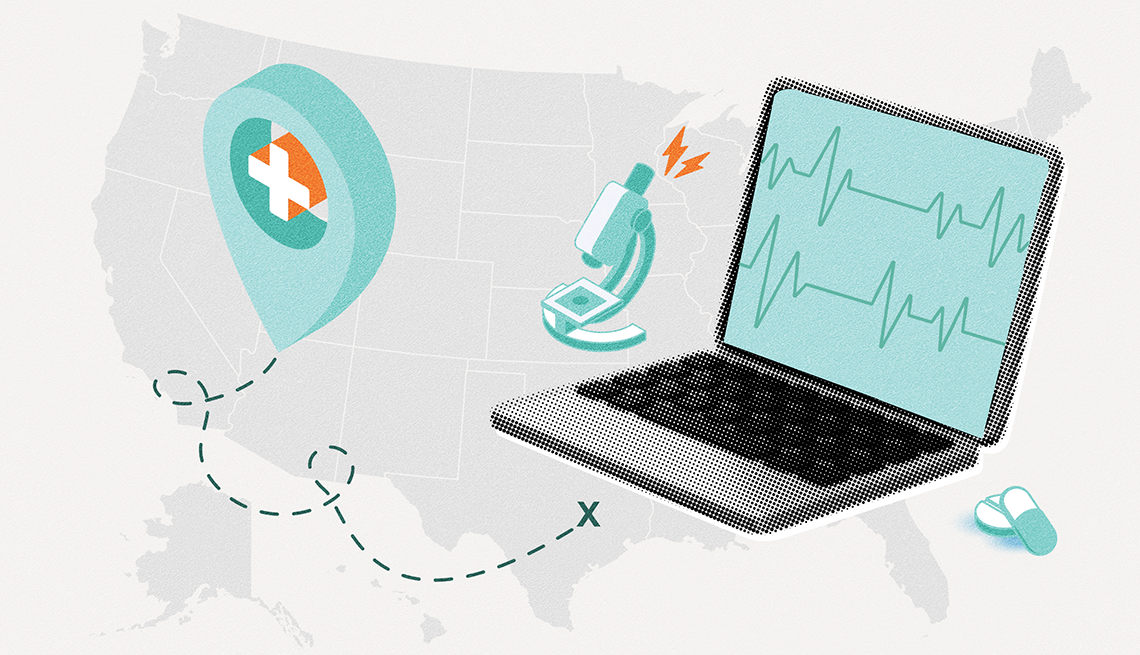AARP Hearing Center


American adults lost $47 billion to identity fraud and scams in 2024, an increase of $4 billion over 2023, according to a new report produced by Javelin Strategy & Research and cosponsored by AARP.
Based on a survey of 5,023 U.S. adults, that total includes $27 billion lost to traditional identity fraud, which affected more people — 18 million — than in 2023 (when the number was 15 million and $23 billion was lost). Traditional identity fraud occurs when a criminal deceives an organization by obtaining and using someone else’s personal information, such as a Social Security number, home address, date of birth or bank account data, and uses it fraudulently.
It also encompasses $20 billion stolen through scams, in which perpetrators deceive consumers through social engineering (psychological manipulation) to steal money or sensitive personal information. Scams can lead to identity fraud. Many scams — those focused on health, finances, family, or investments, for instance — are deliberately crafted to exploit older adults, says Jennifer Pitt, Javelin’s senior fraud analyst and the report’s author. She notes that this is because criminals might perceive this group “as having significant savings, being overly trusting, and less comfortable with technology.”
The report surmises that overall identity fraud losses are growing partly because “technological innovation has outpaced security,” which gives criminals “exploitable gaps.” It also points to the growing number of data breaches and “lackluster U.S. privacy laws” where “organizations often share or sell data without even consulting consumers.”
Pitt says, “Information is more of a hot commodity than just money because information can be used. You can sell information to get money or use it to open new fraudulent accounts or take over existing accounts.”
Seventy-one percent of survey respondents who reported having lost money to scams also shared personal information with the criminals.
Bank account fraud
Javelin reports that the problems of account takeovers and new-account fraud, where criminals use a victim’s personal information to open fraudulent new accounts, are growing. Account takeover fraud resulted in $15.6 billion in losses in 2024 (up from $12.7 billion in 2023), and new-account fraud reached $6.2 billion (compared with $5.3 billion in 2023).



































































More From AARP
How a Ponzi Schemer Stole Millions From Dozens of Victims — Before His Ruse Fell Apart
David Allen Harbour roped "friends" he met on the golf course and beyond into an investment scam, stealing their savings with web of lies
6 Ways You Can Thwart Check Washers
Criminals steal mail, then wash and rewrite checks so they get the money. Here’s how to stop them.
Let’s Stop Blaming Scam Victims, New AARP Report Says
Advocates call for a change in how we talk and think about financial fraud